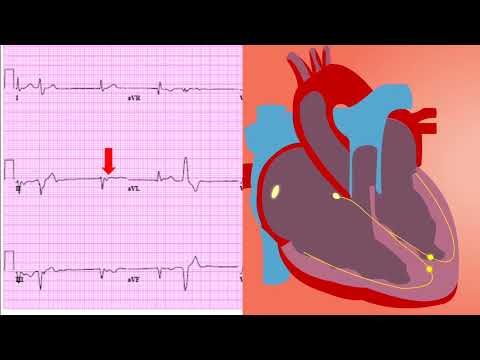🎬 Video Summary
This video explores the critical issue of severe hypotension that can occur immediately following intubation. It delves into the potential causes of this hypotensive shock, providing a clear explanation of the underlying mechanisms. More importantly, the video offers practical guidance and actionable strategies for effectively managing and treating hypotension post-intubation, equipping healthcare professionals with the knowledge to improve patient outcomes.
🧠 Teaching Pearls
- 💡 Understand the common causes of hypotension immediately after intubation, including decreased venous return and increased intrathoracic pressure.
- 💡 Recognize the importance of pre-intubation fluid boluses in mitigating the risk of post-intubation hypotension.
- 💡 Learn the appropriate selection and dosing of vasopressors to effectively manage hypotension in intubated patients.
- 💡 Master the technique of optimizing ventilation parameters to avoid further compromising hemodynamics.
- 💡 Discover strategies for preventing and promptly addressing barotrauma and pneumothorax, potential complications that can exacerbate hypotension.
❓ Frequently Asked Questions
Q: Why does intubation sometimes cause hypotension?
A: Intubation can cause hypotension due to several factors, including the induction medications used, positive pressure ventilation decreasing venous return, and potential underlying conditions of the patient.
Q: What is the first step in managing hypotension after intubation?
A: The first step typically involves assessing the patient’s airway, breathing, and circulation (ABCs), followed by administering intravenous fluids and potentially vasopressors.
Q: How can I prevent hypotension during rapid sequence intubation?
A: Prevention strategies include pre-intubation fluid loading, using appropriate doses of induction agents, and selecting medications with minimal cardiovascular effects.
Q: What vasopressors are commonly used to treat post-intubation hypotension?
A: Commonly used vasopressors include norepinephrine, phenylephrine, and epinephrine, each with varying effects on blood pressure and heart rate.
Q: What ventilation settings are optimal to minimize hypotension?
A: Using lower tidal volumes and positive end-expiratory pressure (PEEP) can help to optimize ventilation while minimizing the impact on venous return and cardiac output.
Q: When should I suspect a pneumothorax as a cause of hypotension after intubation?
A: Suspect pneumothorax if hypotension is accompanied by decreased breath sounds on one side, tracheal deviation, or increased airway pressures after intubation.
🧠 Key Takeaways
- 💡 Recognize the multifaceted causes of post-intubation hypotension, including medication effects and physiological changes.
- 💡 Implement proactive strategies, such as pre-intubation fluid resuscitation and careful medication selection, to minimize the risk of hypotension.
- 💡 Effectively manage hypotension through prompt administration of fluids, vasopressors, and optimized ventilation settings.
- 💡 Understand the importance of continuous monitoring of vital signs and early intervention to prevent adverse outcomes.
- 💡 Develop a systematic approach to diagnose and treat potential complications, such as pneumothorax, that can contribute to hypotension.
🔍 SEO Keywords
Post-intubation hypotension, hypotensive shock, intubation complications, vasopressor use, rapid sequence intubation, airway management, mechanical ventilation
“`

